Wire cutters are essential tools for the workshop, but sometimes you don’t have them on hand. Fortunately, there are several ways to cut wire without a pair of wire cutters. In this article, we’ll show you some easy-to-follow methods that can be used with items you probably already have in your toolbox or around the house. We’ll also answer some frequently asked questions about how to cut wire without wire cutters. Read on to find out more!
Can you cut wires without wire cutters?
Yes, it is possible to cut wires without wire cutters. There are several methods you can use, depending on what materials you have available. For instance, if you have a pair of pliers or scissors, those can be used to cut through some types of wires. You can also use a hacksaw or even a nail file to make the cuts. [1]
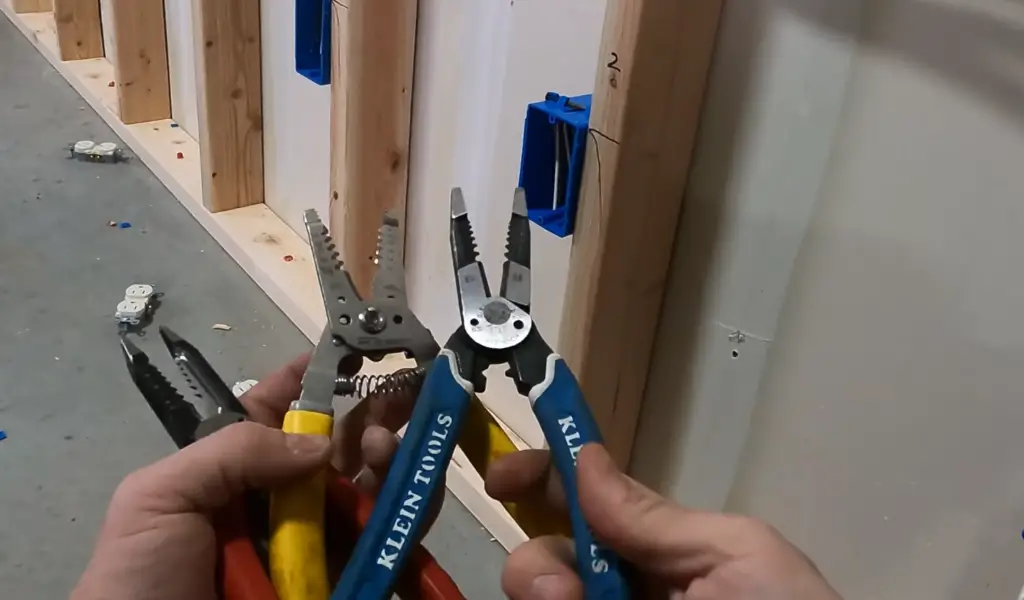
Use Heavy-Duty Bolt Cutters
Bolt cutters are heavy-duty tools designed specifically for cutting through tough materials such as metal and wire. The advantage of using these is that they provide more leverage than other methods, making them an ideal choice for thicker wires.
When using bolt cutters to cut a wire, make sure you place the blades as close to the joint as possible and press down firmly. This will help ensure that you get a clean cut at the right angle, without risking fraying or damaging either end of the wire. [1]
Bend the Wire Back and Forth
Bending the wire back and forth is a good way to cut it without using any tools. This method is best used for thin gauge wires like electrical or phone wiring, as it won’t work with thicker materials. To use this technique, hold the wire firmly in your hands and apply pressure while bending it back and forth until it snaps. Be careful not to overdo it, as the wire might break off at an angle, making it difficult to connect again.
When using this method, you can also try wrapping the wire around a flat surface such as a piece of wood or metal and then bending it back and forth until it snaps. This will ensure that the break is clean and easy to work with. If you don’t have a flat surface, you can also use your thumbnail to wrap it around and then bend it back and forth. [1]
Hammer and Chisel
This is a great method for thicker wires and especially those made of metal. To use this method, you’ll need a hammer and chisel. First clamp the wire in place if needed to keep it from moving. Then hold the chisel against the wire and strike it with the hammer until it has been cut through. It’s important not to hit too hard, as you don’t want to damage the wire or surrounding surfaces. Once done, check both ends of the wire for any splinters or sharp edges and file them down if necessary. This is a great way to cut thicker wires without using wire cutters, but be sure to wear safety glasses while doing it. [1]
Pliers
Pliers are the most obvious choice to use for cutting wire without a wire cutter. Not only can you easily get your hands on a pair, but they also come in different shapes and sizes that can help with different types of tasks.
To cut the wire using pliers, grasp the wire firmly between the jaws of the plier and squeeze hard enough to cut it. Be sure to wear safety glasses and protective clothing when doing this, as small pieces of wire can fly off and cause injury. [1]
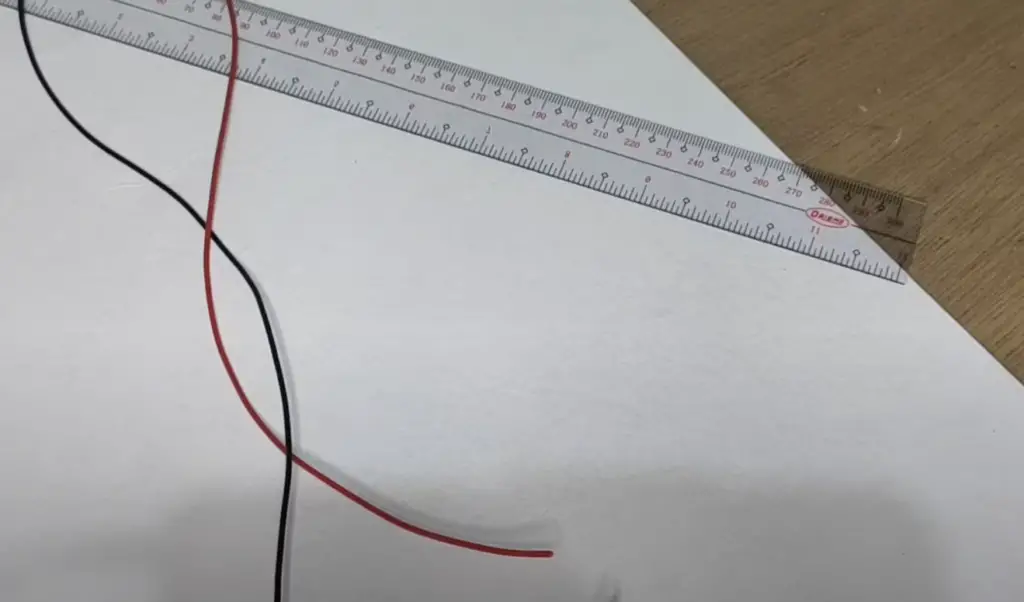
Scissors
Scissors can be a great alternative to wire cutters and a great way to get the job done. When using scissors, it is important to make sure that they are sharp or you may not be able to fully cut through the wire. It is also important to use caution as some wires may have tension on them that could cause the scissors to slip and lead to injury.
To use scissors to cut wire, you simply need to open the blades as wide as possible and place the wire between them. Then, close the blades together and begin cutting through the wire in a forward motion. Depending on how thick the wire is, you may need to make several passes or put more pressure on the scissors for them to fully cut through. [3]
Razor Blade
One way to cut wire without the use of wire cutters is by using a razor blade. You’ll need a razor blade, some tape, and your desired piece of wire.
Start by taping one end of the wire down onto a flat surface. This will allow you to have better control over the wires as you’re cutting them. Then, take your razor blade and gently press it into the wire. Now, you should be able to slowly pull the blade along the length of the wire in a single direction. This will cut through the wires easily without causing any fraying or bending.
Once you’ve cut through your desired piece of wire, you can remove it from its taped surface and check for any imperfections. To ensure a clean cut, you should always pull the blade in one direction and avoid going back and forth as this could cause unnecessary fraying. [3]
Hacksaw
A hacksaw is a great way to cut wire without using wire cutters. It is easy to use and quite safe too. All you need is a steel hacksaw frame, a variety of blades, and some patience.
It’s important to select the right hacksaw blade for cutting wire. A standard-length blade with 14 teeth per inch (TPI) is usually recommended for most materials. However, some wire types require a different type of blade. For instance, if you have to cut hard steel wires, then you should use blades that have 18-24 TPI.
Using the right hacksaw technique will make sure that your cuts are clean and efficient. Start by clamping the wire in a vise or holding it with pliers. Then, use a back and forth sawing motion to cut the wire. Make sure to keep your hacksaw frame perpendicular to the wire at all times and take short strokes while cutting.
Once you are done, you can either bent the cut ends of the wire as needed or file them down for a cleaner look. [3]
Chisel or Flat-Head Screwdriver
If you want to cut through soft wire without a cutter, a chisel or flat-head screwdriver can do the trick. All you need to do is find something solid and sturdy enough that it won’t bend under pressure. Place the wire on top of the object and then drive the chisel or screwdriver into it until it is cut through. This method is especially helpful if you are trying to cut through rebar or other metal wires that are too hard for a normal wire cutter. It is also important to ensure you have a clean and sharp chisel or screwdriver so the cutting process goes smoothly. [3]
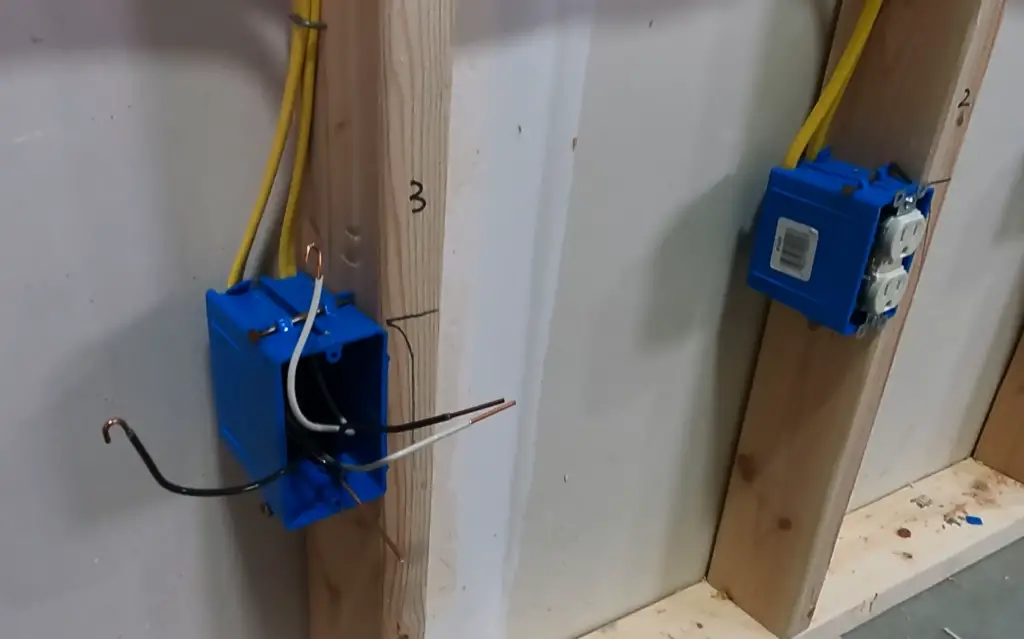
Sharp Knife
Using a sharp knife is a great way to cut wire without wire cutters. This method is especially useful for cutting smaller wires, such as those used for jewelry-making and crafting.
When using this method, it’s important to use a very sharp knife with a thin blade and point so that you can make clean and precise cuts. Be sure to also take extra care while cutting as a dull knife or too much pressure can cause the wire to bend and not cut properly.
If you’re looking for an easy way to sharpen your knife, try using a sharpening stone or honing steel. Both of these tools are designed to restore the edge of your blade and make it easier to create a clean cut. [2]
Try Bending
If you don’t have any wire cutters handy, you can try bending the wire in order to cut it. This might be a bit tricky, but depending on the type of wire you’re trying to cut, it could work!
If you are dealing with a soft metal such as copper or silver, you may be able to bend it back and forth until it breaks. Start by grasping the wire firmly with your hands, then slowly and carefully start to bend one end of the wire until you feel the metal give a bit. Then, move on to the other side and continue this process until the wire snaps in two!
Sometimes, you may need an extra tool such as pliers or a clamp to help you gain more leverage and bend the wire easier. Just ensure that whatever tool you are using doesn’t have any sharp edges or it could damage the wire! [2]
Angle Grinder
An angle grinder is a power tool used for many different types of tasks including grinding, cutting and polishing. It can also be used to cut metal, including wire if you have the right disc. When using an angle grinder to cut wire, make sure that you wear protective clothing such as goggles, gloves and a mask. You should also ensure that the area is well ventilated as the sparks produced by the grinder can be hazardous.
To use an angle grinder to cut wire, start by clamping the wire firmly in place so that it doesn’t move while you are working. Place your angle grinder on the wire at a 45-degree angle and start cutting. Move slowly along the line of the wire, allowing the grinder to slowly cut through it. As you go, be sure to keep your body away from any sparks that may be produced. Once you have finished cutting the wire, remove the angle grinder and inspect the area for any rough or sharp edges. [2]
Tin Snips
Tin snips are another handy tool for cutting wire without using wire cutters. The blades of the tin snips are angled so that you can easily slide them underneath the length of wire and make a clean cut. You can also use these to trim off extra pieces of metal or wood, making them a great multi-purpose tool. Tin snips come in various sizes, so make sure to pick up the right pair for the job. They can be a little difficult to use if you’re not used to them, but they work great once you get the hang of it.
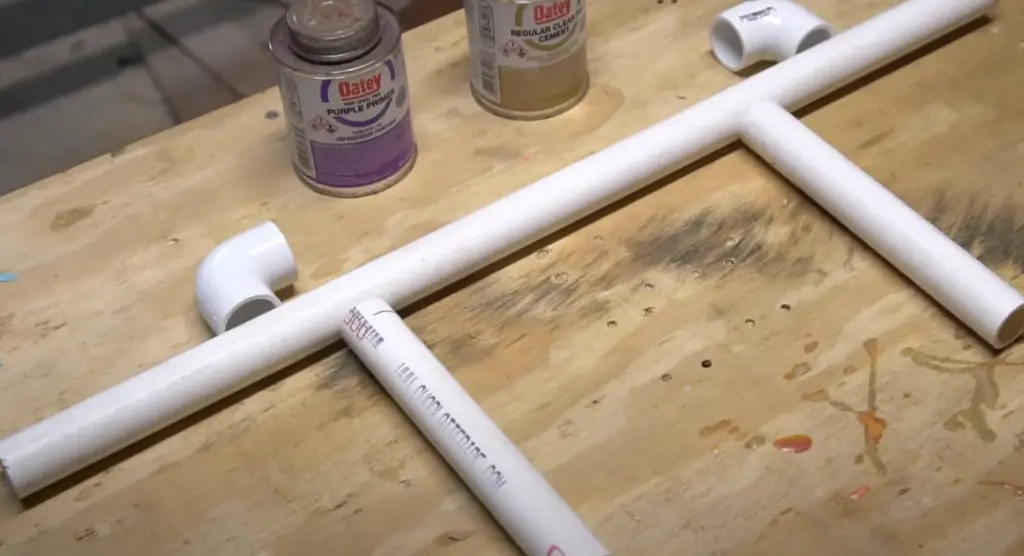
Cordless Drill and MAPP Gas Torch
Another way to cut wire without wire cutters is by using a cordless drill and MAPP gas torch. This method is best used for thicker wires such as steel or copper, which might be too tough for other methods. Here’s how it works:
- Secure the wire you want to cut in a vise or clamp so that it won’t move.
- Heat the wire with the MAPP torch until it’s hot enough to be cut easily with a cordless drill that has a high-speed steel bit attached.
- Drill through the wire quickly and carefully, taking care not to overheat or break it apart before you finish cutting all the way through. [4]
Rotary Tool
For those who don’t have an extra pair of wire cutters lying around, a rotary tool can be used as an effective substitute. This is because the cutting wheel on the rotary tool is designed to create a precise and sharp cut. When using a rotary tool, it’s important to take safety precautions by wearing protective eyewear and gloves. To cut the wire, place it against the cutting wheel and slowly move it in a back-and-forth motion. This will create an even cut without having to apply too much pressure. Additionally, be sure to adjust the speed of the rotary tool according to the type of wire you are trying to cut. [4]
Reciprocating Saw
A reciprocating saw is a tool that uses a push-pull motion to cut through materials. It’s most often used for cutting metal, plastic, and wood, but can also be used to cut wire. While it may not be the easiest way to cut wire without wire cutters, it does work in a pinch. To use a reciprocating saw to cut your wire, you’ll need to find a saw blade that’s designed for cutting metal. Then, once you’ve found the right blade, simply clamp your wire in place and begin sawing. It’s important to use steady, even pressure while sawing – too much force can cause the blade to break or lose its teeth. When finished, make sure to unclamp the wire from the saw and dispose of it properly. [4]
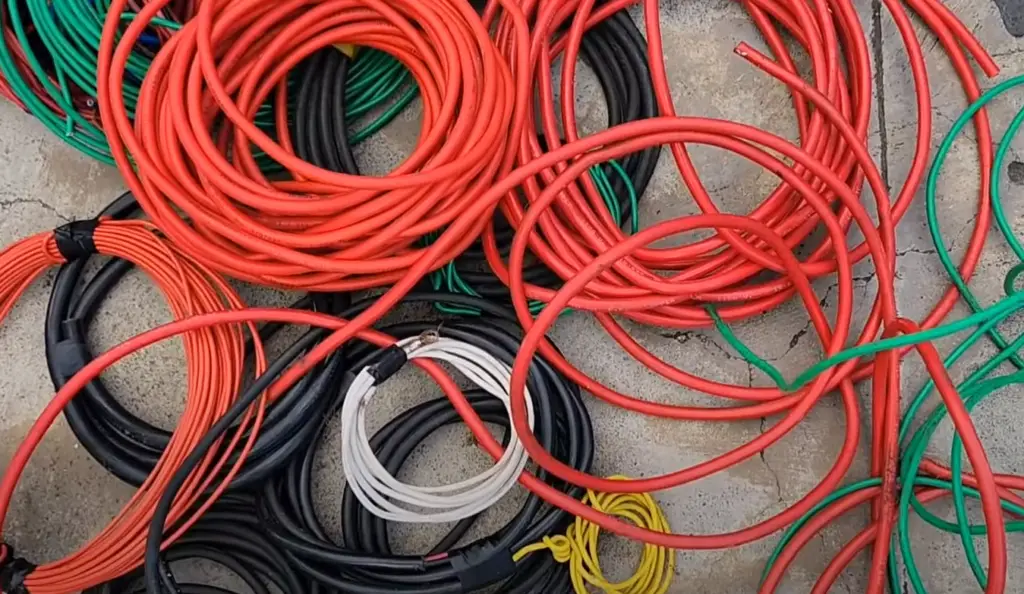
Pliers and Pincers
Pliers and pincers are two tools that can be used to cut wire without the need of wire cutters. Pliers come in many shapes and sizes, so it is important to find a pair with the right size jaw for your specific project. Pincers are also great for making small cuts and have a unique design that allows them to grip onto the wire while making a clean cut. To use pliers or pincers, simply grip onto the wire and squeeze down firmly to make a clean cut. [4]
Putting It All Together
Now that we’ve discussed the various methods for cutting wire without using wire cutters, let’s review some best practices to make sure you do it safely.
- Wear safety glasses or goggles when working with any type of wire.
- Make sure to give yourself enough space to work and use an appropriate work surface for your project.
- If you’re using an electrical tool to cut wire, turn off the power source before starting and make sure it is completely disconnected from the outlet.
- Carefully read through all manufacturer instructions for any tools or blades that you are using in order to ensure safety and proper use of the item.
- Use a vice or clamp to secure the wire in place if necessary.
- Be sure to have a pair of needle nose pliers on hand to grip the wire after it has been cut.
- When using any type of blade, make sure that there is no debris or buildup on the blade that could cause it to get stuck or become damaged while cutting. [4]
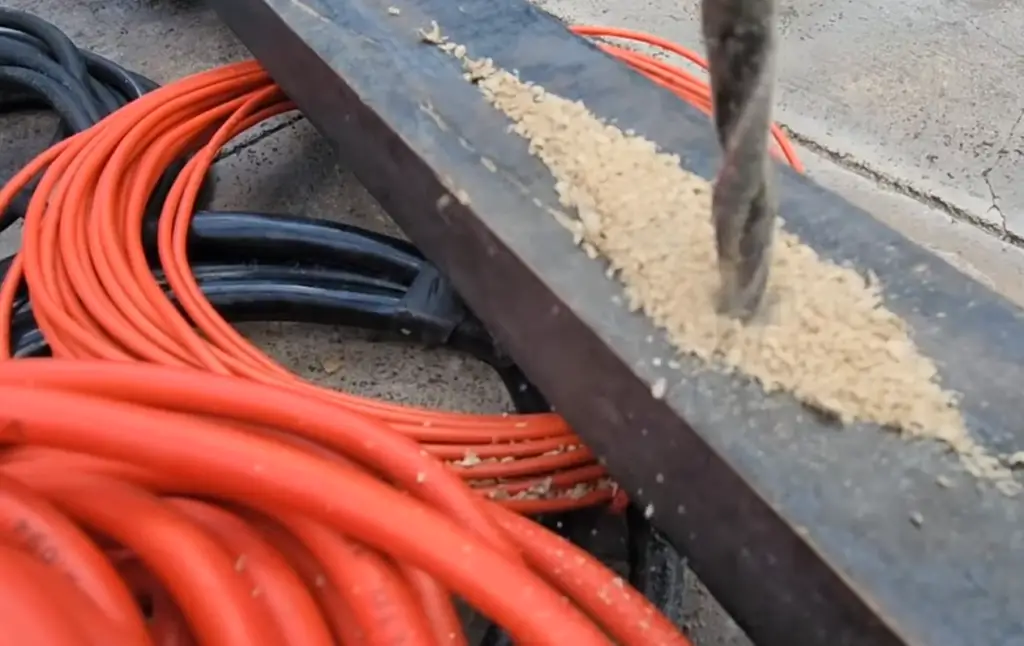
FAQ
What else can cut wire?
Wire can be cut with a variety of tools aside from wire cutters. Some common tools used are pliers, utility knives, scissors, tin snips, and bolt cutters. Pliers or utility knives can be useful for cutting through thin wires and soft metals. Scissors can also be handy when it comes to slicing through small wires. Tin snips are ideal for cutting through thicker metals and wires. Finally, bolt cutters are the tool of choice for cutting through extremely thick and strong wires.
How do you cut steel cable without wire cutters?
Steel cable is notoriously difficult to cut. However, it can be done with the right tools and techniques. The most effective way to cut steel cable without wire cutters is by using a sharp saw blade. A hacksaw or angle grinder should do the trick. It’s important to wear protective gear when working with these tools, as sparks may fly from the cutting process. Additionally, it’s best to clamp the cable down securely before attempting to cut it.
How do you cut metal wire with pliers?
Cutting metal wire with pliers is a fairly simple process. Begin by holding the wire firmly in place and ensuring that the plier jaws are completely closed around the wire. Slowly squeeze the pliers, allowing them to cut through the wire. Once the wire is severed, remove your hands from the tool and dispose of it safely.
Will pliers cut wire?
Yes, pliers can be used to cut through thin wires and certain types of metal. They are especially useful for cutting through softer materials like copper or aluminum. However, they may not be effective for cutting through harder metals or thick wires. In those cases, other tools such as scissors, tin snips, bolt cutters or saw blades may be necessary.
How do you cut steel wire with scissors?
Cutting steel wire with scissors is possible, but it can be very difficult. The best way to do so is by using heavy-duty scissors that have been specifically designed for cutting metal and other tough materials. If you don’t have access to such tools, then regular scissors may still work if the wire is thin enough.
How do you cut metal by hand?
Cutting metal by hand can be done with a variety of tools, depending on the thickness and type of metal. For thin sheets of metal or wire, a pair of scissors or pliers may do the trick. For thicker metals, such as steel cable, a saw blade or angle grinder should be used. It’s important to wear protective gear when working with these tools, as sparks may fly from the cutting process. Additionally, it’s best to clamp the metal down securely before attempting to cut it.
Is it safe to cut wires with a knife?
Cutting wires with a knife is not recommended, as it can be dangerous. Wires are likely to snap or recoil when cut in this manner and could cause injury. Additionally, using a sharp knife can result in cuts to the user’s hands. It’s better to use tools specifically designed for cutting wires such as wire cutters, pliers.
Can regular scissors cut metal?
Regular scissors can be used to cut thin sheets of metal or thinner wires. However, they are unlikely to be effective when it comes to thicker metals and wires. In those cases, other tools such as tin snips, bolt cutters or saw blades may be necessary. It’s also important to note that regular scissors are likely to wear down quickly if used to cut metal. Therefore, it’s best to use heavy-duty scissors or other tools specifically designed for cutting metals when possible.
Useful Video: How to cut wire without pliers
Conclusion
In conclusion, learning how to cut wire without the help of wire cutters is not as difficult as you may think. With a few simple tools and techniques, you can get the job done quickly and safely. The key is to practice using these methods so that you are comfortable with them before attempting any larger projects. Remember to always wear your safety goggles when cutting wire and to be extra careful when using electric tools. With the right tools and techniques, you can make quick work of any wiring project!
We hope this article has given you the information you need to get started and that you have been able to learn how to cut wire without wire cutters. If you have any more questions or need further assistance, don’t hesitate to contact a professional! Good luck with your wiring projects!
Thank you for reading and happy cutting!
References
- https://trdsf.com/blogs/news/the-art-of-cutting-wire-without-wire-cutters
- https://dailyhomesafety.com/cut-wire-without-a-wire-cutter/
- https://www.hellopractical.com/how-to-cut-metal-wire-without-wire-cutters/
- https://wirefog.com/how-to-cut-wire-without-wire-cutters/













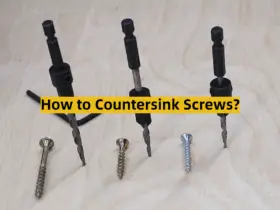

Leave a Reply